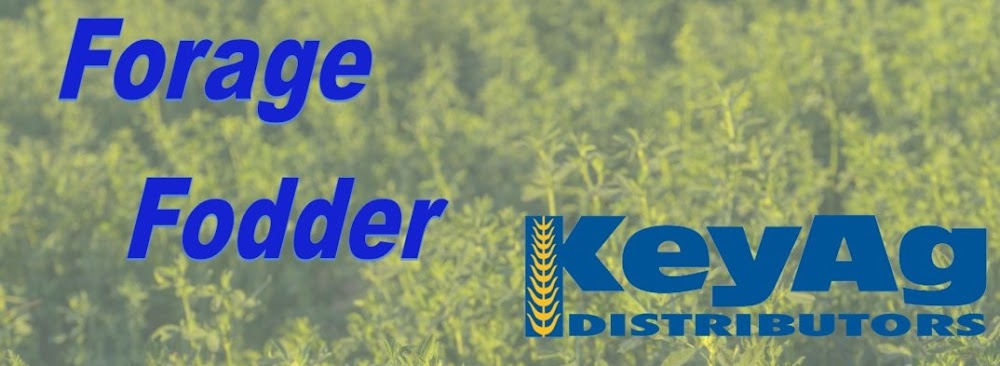Colorado—In the Sept. 22 report, trade activity moderate on very good demand for horse hay markets. Feedlots are putting offers on hay with a few sellers accepting. Few trades on ranch hay. Prices continue to rise on horse hay. According to the NASS Colorado Crop Progress Report for the week ending Sept. 18, third cutting alfalfa harvested is 80%, fourth cutting 24%. Stored feed supplies were rated 7% very short, 23% short, 65% adequate, and 5% surplus.
Missouri—In the Sept. 22 report, compared to last report, hay movement is slow, although there have been some farmers getting one more hay cutting in before harvest really picks up. The supply of hay is moderate and demand is light to moderate and prices mostly steady. Fall has officially arrived and brought a cold front with it. Frost is still a few weeks away, but light jackets are needed after the record high temperatures we had at the beginning of the week. A few scattered showers were around, but nothing really significant enough to help the dry areas. The most recent drought monitor showed a substantial increase to the drought effected areas. Missouri has about 73% impacted by some level of drought, compared to about 52% last week.
Nebraska—In the Sept. 22 report, compared to last week, bales of alfalfa sold steady to $10 higher, grass hay sold steady. Ground and delivered products sold fully steady. Dehydrated alfalfa pellets steady. Demand was good with all contacts stating they have been getting a lot of calls. Several producers continue to sit on their hay as they are waiting for the price to get higher or are not going to sell any because they have their own livestock to feed. Several feedlots purchased additional corn for silage to help offset the short supply of baled feed. Freight has been a huge topic this year for hauling hay and really any product down the road. Farmers in the eastern part of the state busy with dry corn and soybean harvest. Some farmers working on soybeans in the central parts with quite some high moisture corn going to feedlots. Most alfalfa producers are going to take a fourth or fifth cutting of hay if the weather cooperates. Spotty rain showers from west to east this week. Some loads of cattails in large round bales at $125 per ton sitting in the field.
Oklahoma—In the Sept. 23 report, as hay gets tighter and drought continues to worsen in our state, the farmers continue to bale up their crops to sell as hay. Hay is coming in from all parts of the country in hopes it will be enough to get through these tough times. For the drought according to the Oklahoma Mesonet exceptional drought is at 13.6%, Extreme drought is now at 53.9%, Severe drought has reached 89.2%, Moderate drought is at 98.9%, and Abnormally dry conditions are at 99.9%. Next report will be released Oct. 14.
Texas—In the Sept. 16 report, compared to the last report, hay prices remain firm in all regions. Hay demand remains good on active trading activity. Rains over the previous month helped recover pastures, but no notable rain has been recorded since. Subsoil moisture has begun to shorten again, as winter wheat planting has been in full swing. However, some timely rains are needed to allow for the wheat to emerge. Forages are predicted to be short through the winter months, with hay yields ranging from 50% to 75% of normal throughout the growing season. Additionally, substitute roughages such as cotton burrs and hulls are expected to be 50% to 75% shorter than last year. Hay continues to be moved in from Colorado and Kansas, but they are reporting shorter yields as well. High freight costs are also limiting some movement, forcing livestock producers to cull deeper into their herds and sell calves earlier. Next report will be released Sept. 30.
New Mexico—In the Sept. 23 report, compared to last week, alfalfa hay prices steady. Trade active, demand very good. Supplies are very tight for top quality hay. Some producers continue to store hay for the winter. The southern and eastern part of the state are in the sixth cutting . The central part of the state are finished with the fourth cutting.
South Dakota—In the Sept. 23 report, compared to last week, alfalfa and grass hay remain firm. Good demand for all types of hay and qualities of hay, especially for the high testing dairy quality as the delayed first cutting, then more drought resulted in much reduced tonnage. Third cutting was light, to nonexistent in some areas. Few spring born calves being weaned yet and shipped to auction yet, as many areas still have enough grazing to keep calves on the cows.
Wyoming—In the Sept. 22 report, compared to last week, alfalfa hay sold steady in the east and sold steady to $5 higher in the west. Buyer inquiry was good. Some spotty rain showers across most reporting area getting down hay a tick damp. This hay would have been premium quality but more than likely will be good cow hay that ranchers will buy. Some loads of hay continue to head out of state with quite a lot staying in the local market.


No comments:
Post a Comment